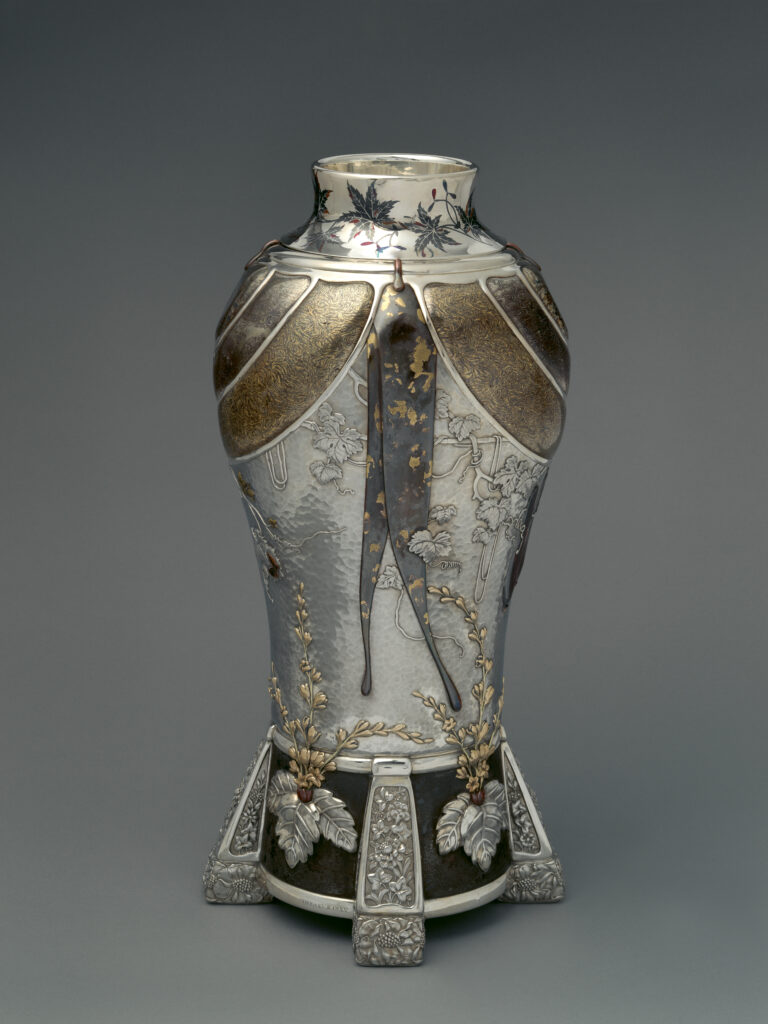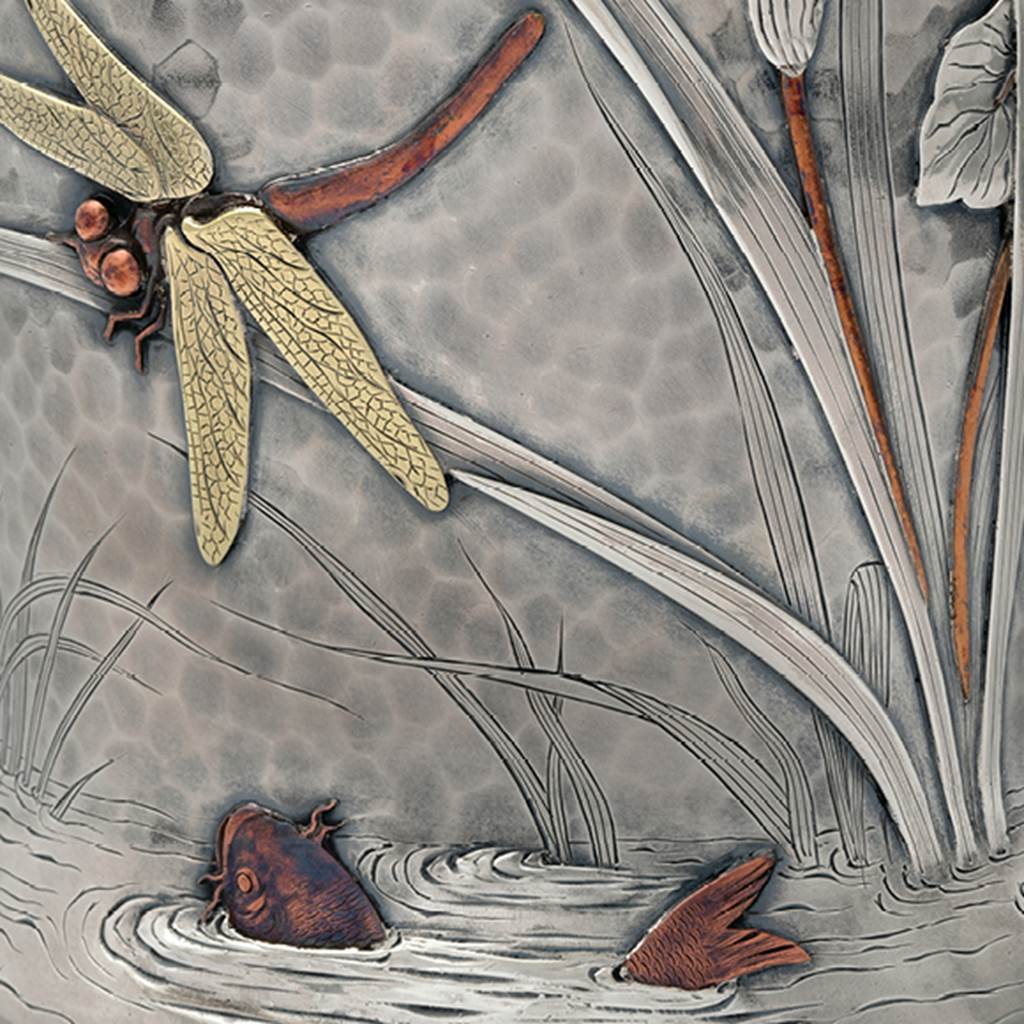
What all could you ask for when entering a museum show? Whatever your answer, the new and excellent exhibition Collecting Inspiration: Edward C. Moore at Tiffany & Co at the Met gives it all. While everyone knows the American luxury house Tiffany & Co., founded in 1937 by Charles Lewis Tiffany, also known as the father of glass artist Louis Comfort Tiffany, only a few know that it was Edward C. Moore, the brilliant silversmith and visionary director, was the one who turned the small jewelry shop into a brand. He was responsible for the creation of the most avant-garde silver of its day, which was highly sought after by the powerful American families of the Gilded Age (the period spanning from the late 1870s through the 1890s that was marked by an enormous economic expansion), who perceived Tiffany’s silver as the ultimate sign of taste and power. Moore was the creative force behind the magnificent and forward-looking silver produced at Tiffany & Co. during the second half of the nineteenth century which ushered in the company’s golden age.
Moore was a gifted artist. Trained as a silversmith at his father’s New York City silversmithing shop, at the age of twenty-one he became a partner in John C. Moore and Son, but entering a partnership with Tiffany and Co. was a brilliant business move. Tiffany would eventually become the exclusive retail outlet for the silver crafted by the Moore firm. What is most fascinating about Moore as the Director of Tiffany’s silver division was the way in which he had used his private collection as the main source of inspiration for the Tiffany’s silver—and this is the main narrative of the exhibition.
Moore was an avid collector of antique decorative arts and that of his day; he particularly loved Greek and Roman glass, Islamic glass and metal, and contemporary Japanese metalwork, ceramics, and glass. He used to bring the new pieces from his collection, which he acquired from auction houses and private dealers across the world, into the Tiffany workshop. His encouragement to the young metalworkers to learn from his collection was instrumental in forging the avant-garde silver which brought Tiffany international success.
The artistically rich decade of the 1870s known as the Aesthetic Movement, which flourished in Britain and the US, came to inform Moore’s approach and Tiffany’s silver during those years. Artists, artisans, and thinkers began turning their backs on industrial production, instead seeking to connect to handcraftsmanship and the exotic cultures gradually bringing their presence to the West through the world’s fairs. Moore was the man of his age and sought inspiration from those cultures (Islam, Chinese, Japanese) to help make his collection of artifacts a source of inspiration and creativity.
The exhibition design contributes a great part in its success. As the mission of the show is to demonstrate the close inspiration between the Moore’s collection and the production of silver during his time, its arrangement does the job—allowing the viewer to compare between the two and thus, comprehend the theme. Upon his death in 1891, Moore’s family donated his entire collection to the Met. The Museum displayed it in a dedicated gallery until 1942, when the objects were dispersed to specialized departments. Now, for the first time since 1942, 180 works from Moore’s collection (our of more than 2,000 objects and 500 books which his family bequested to the Met after he died) have been brought together under one roof, with the objects arranged against the walls and the silver at the center of the galleries. Those juxtapositions reveal that Moore and his team engaged with these objects in dynamic ways, producing hybrid designs through experimental techniques that endowed silver with new colors, textures, decorative vocabularies, and aesthetic sensibilities.
I particularly loved seeing the 19th-century Japanese metalwork, which served as the inspiration for Tiffany’s most famed silver of the Aesthetic Movement period, as well as having the privilege of seeing the legendary Magnolia Vase, which was completed after Moore’s death. Near the end of his life, he was deeply involved in planning for the 1893 Chicago World’s Fair. One of his last designs was an enormous centerpiece embellished with enameled magnolia blossoms, inspired by Pueblo pottery. while the the ornament refers to various regions of the United States, with the magnolias representing the South and West, a truely accomplished objects filled with national narratives.
This exhibition is a great exercise for artists to see the power of history to evoke inspiration for the contemporary, and I would like to name it the best show in town.

Medallions by Augustus Saint-Gaudens (1848–1907); Bryant Vase, 1876; Silver and gold.

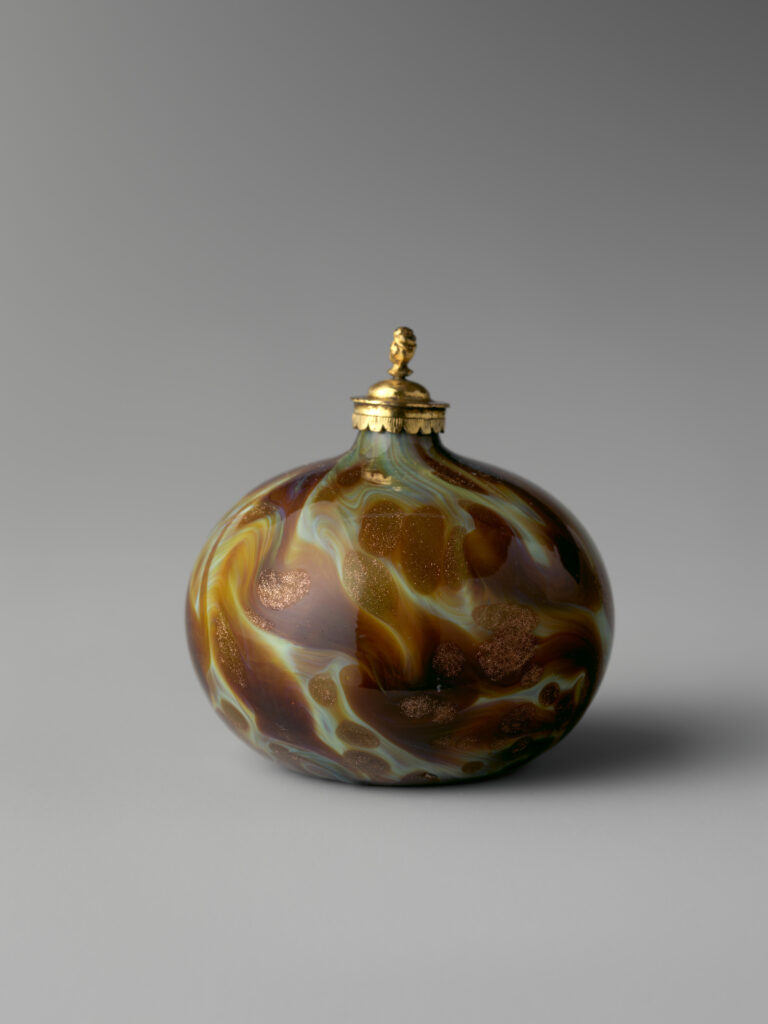
Edward C. Moore Collection, Bequest of Edward C. Moore, 1891 (91.1.1473a, b).
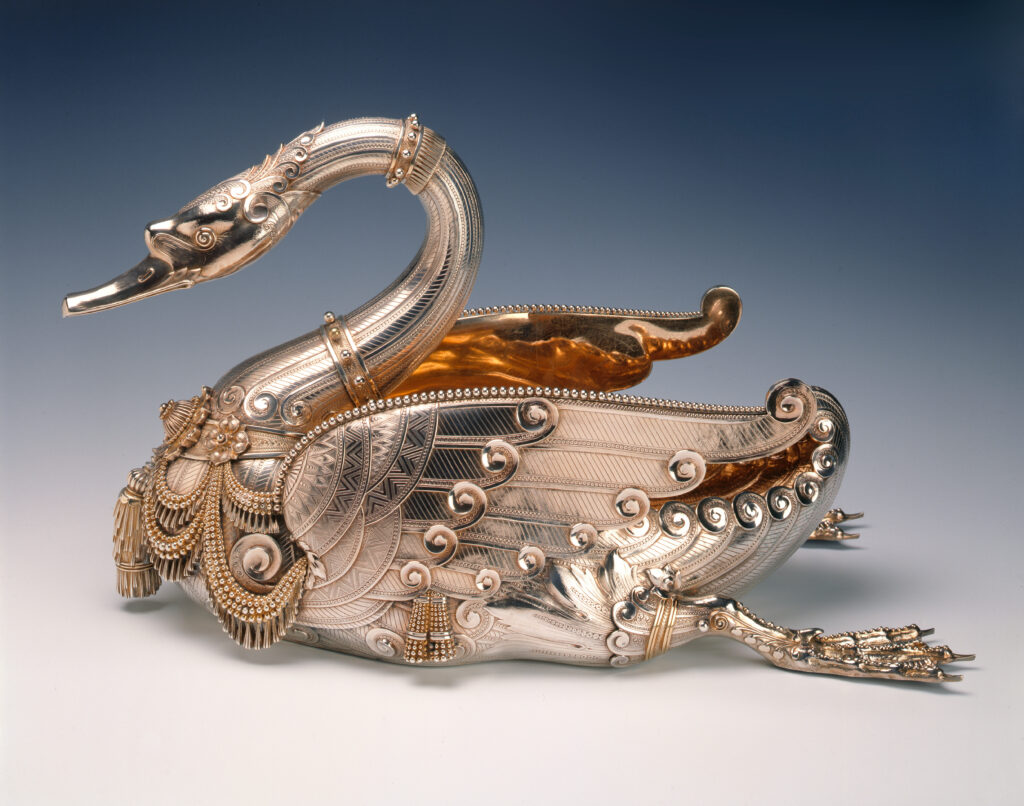
Newport, RI.
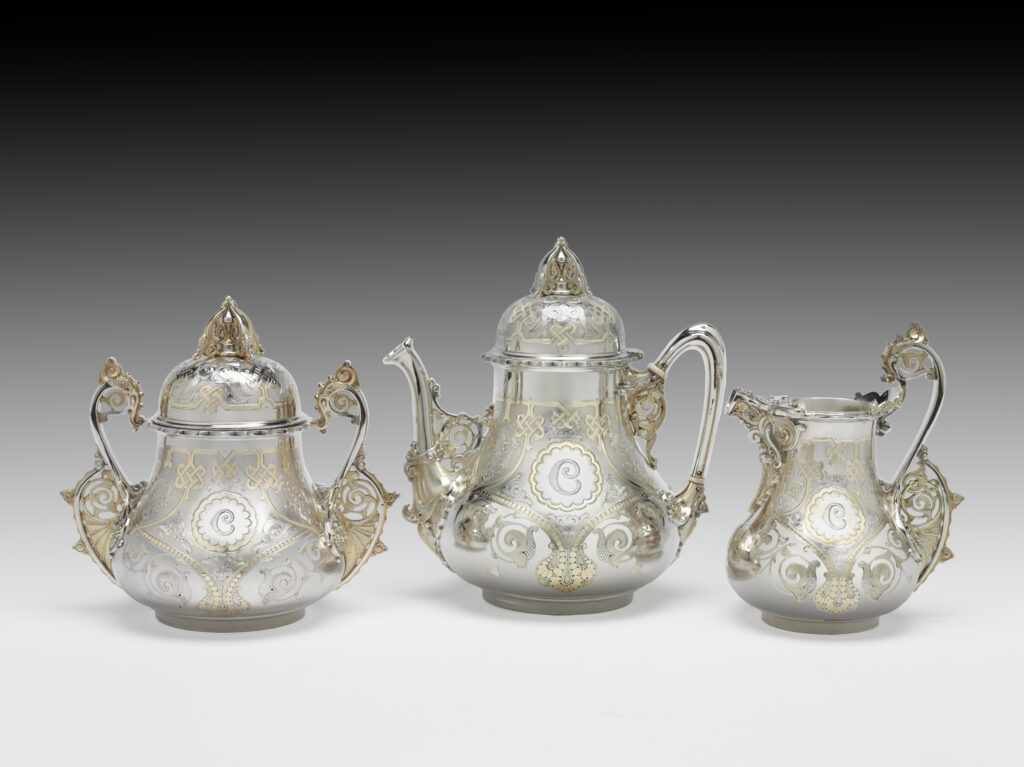
Milk Pot: 7 x 6 x 5 inches (17.8 x 15.2 x 12.7 cm); Sugar Bowl: 7 1/2 x 8 x 6 inches (19.1 x 20.3 x 15.2 cm); Philadelphia Museum of Art,
Gift of the Friends of the Philadelphia Museum of Art, 1973.
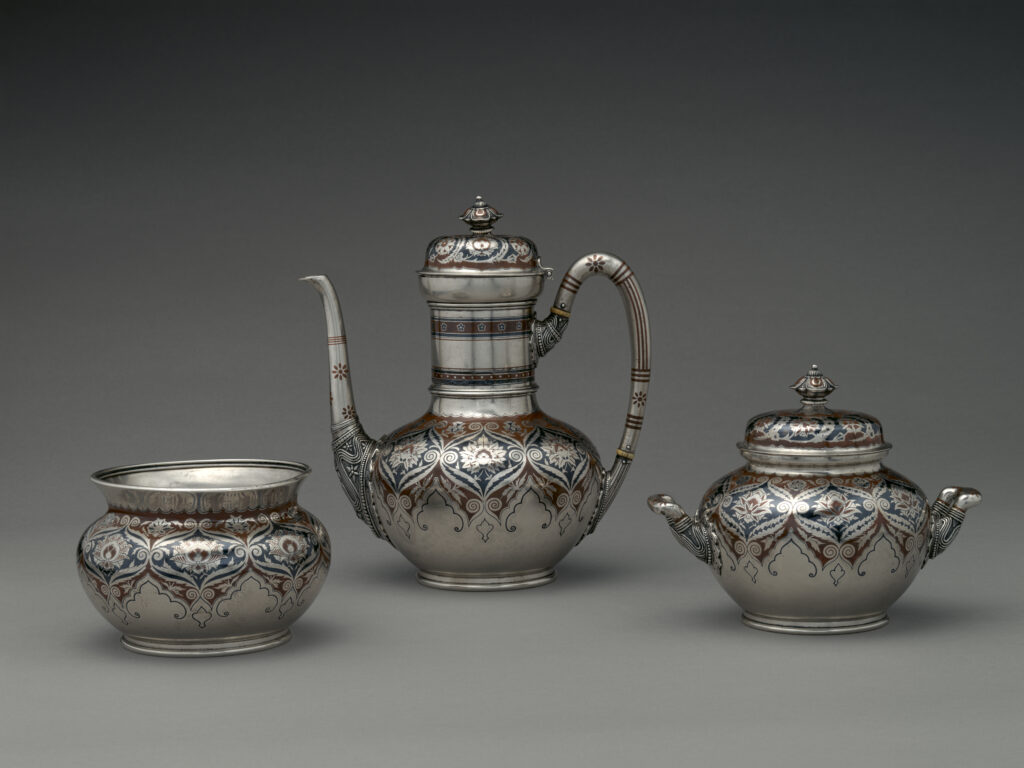
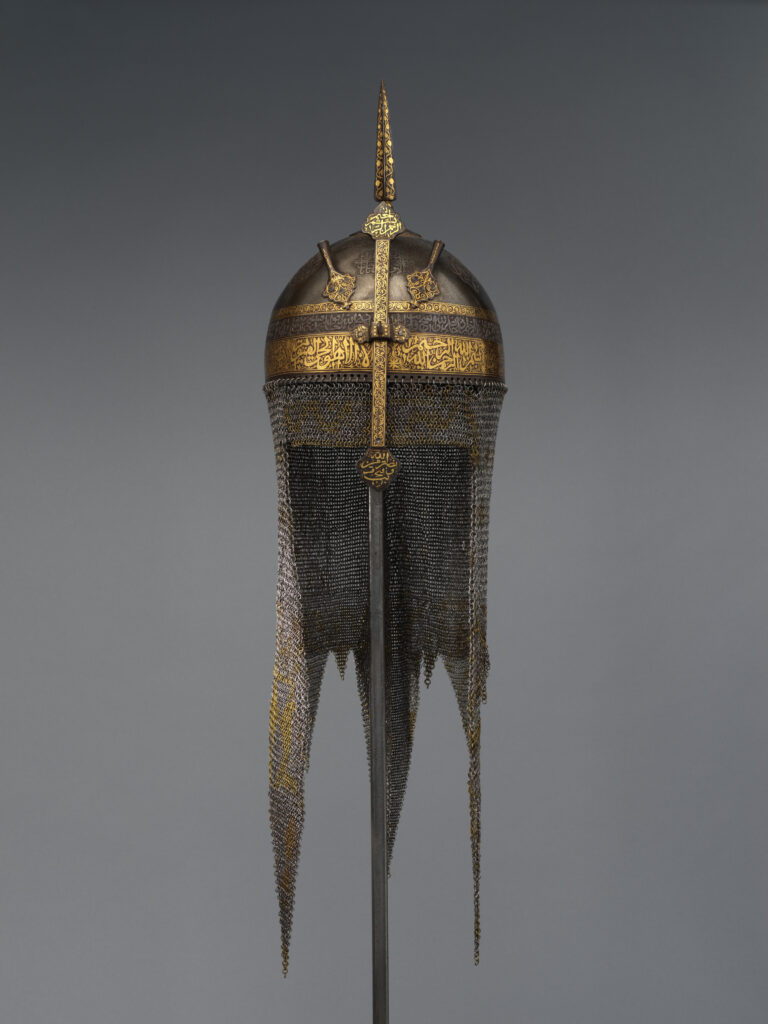

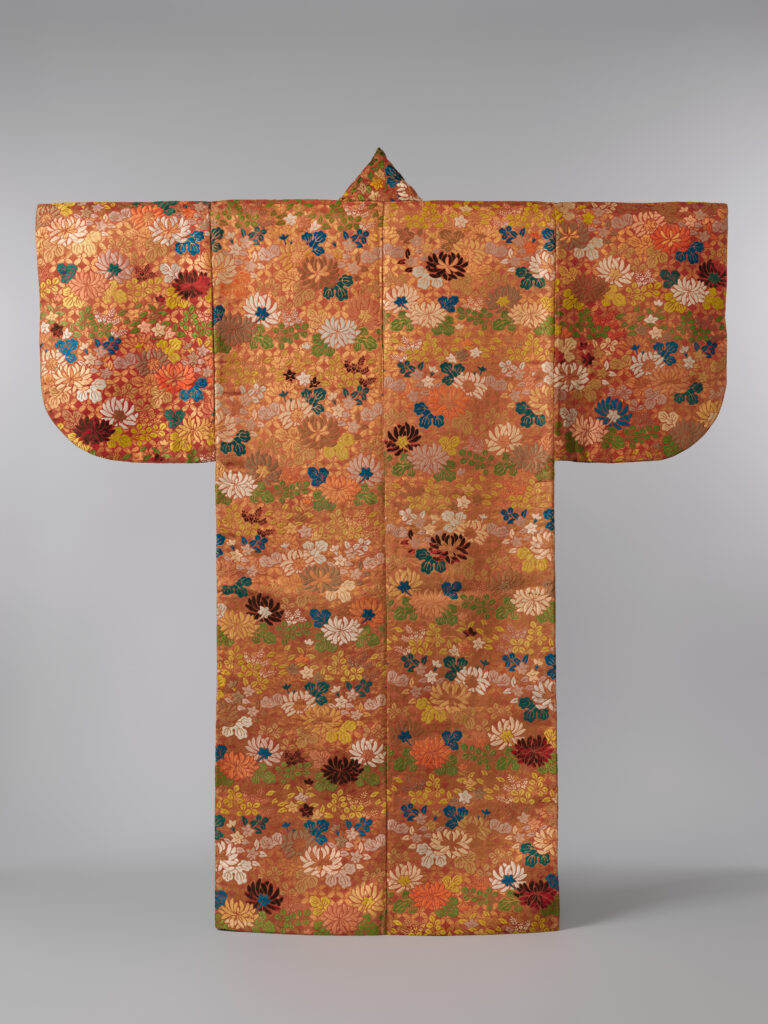
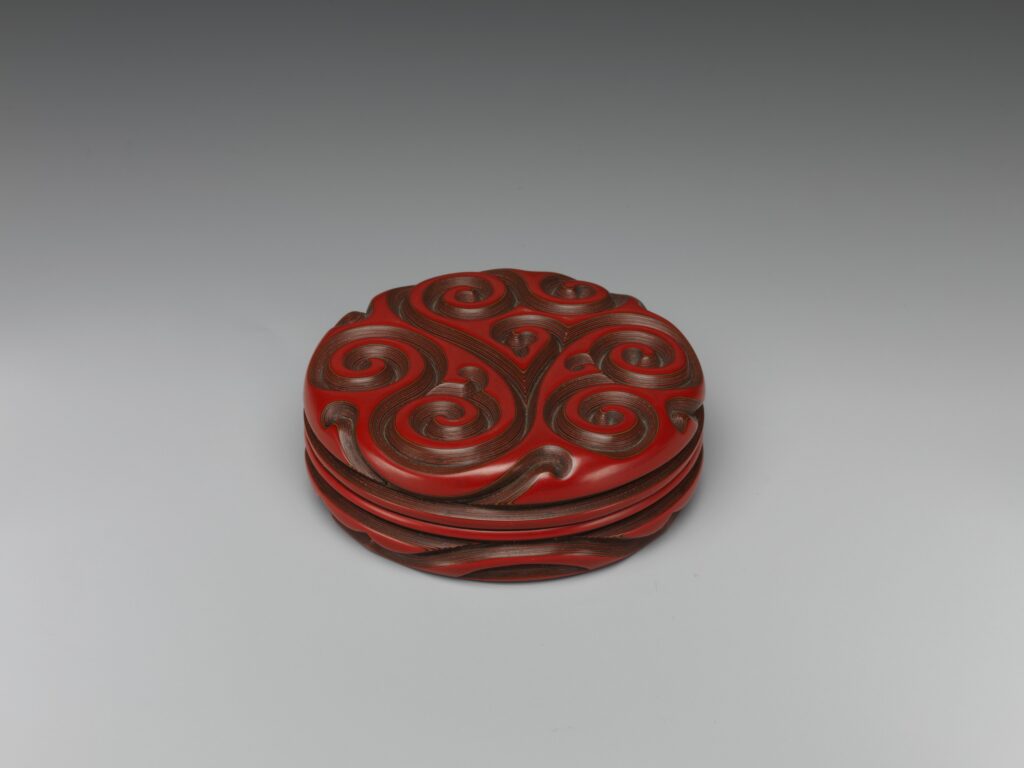
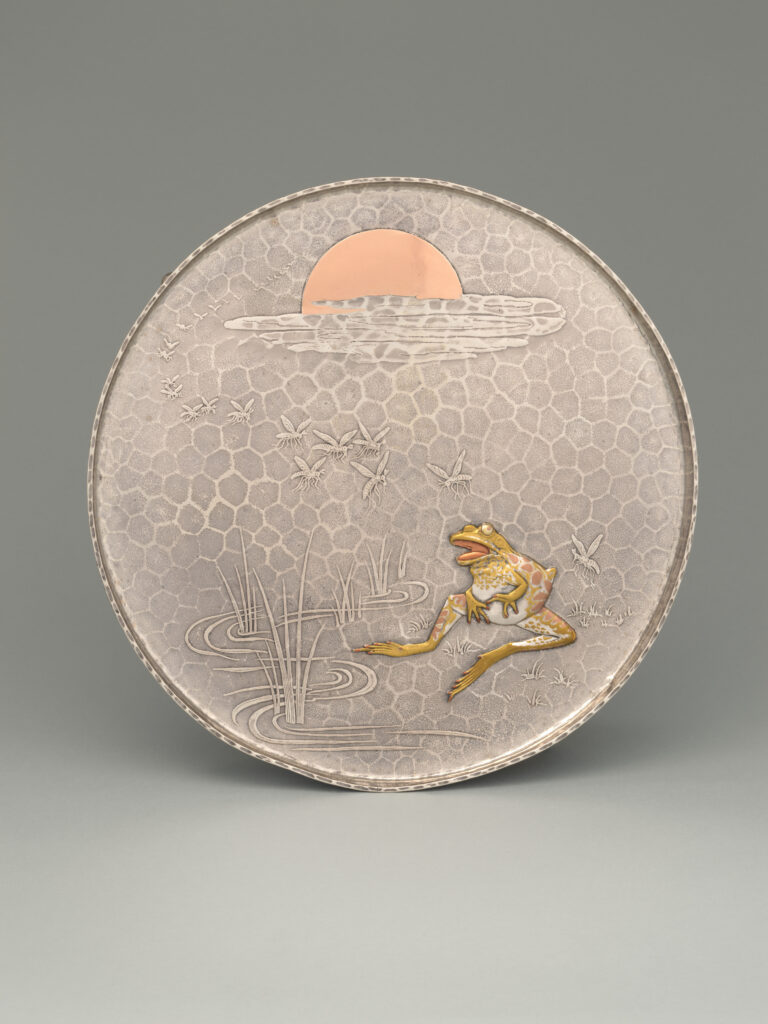
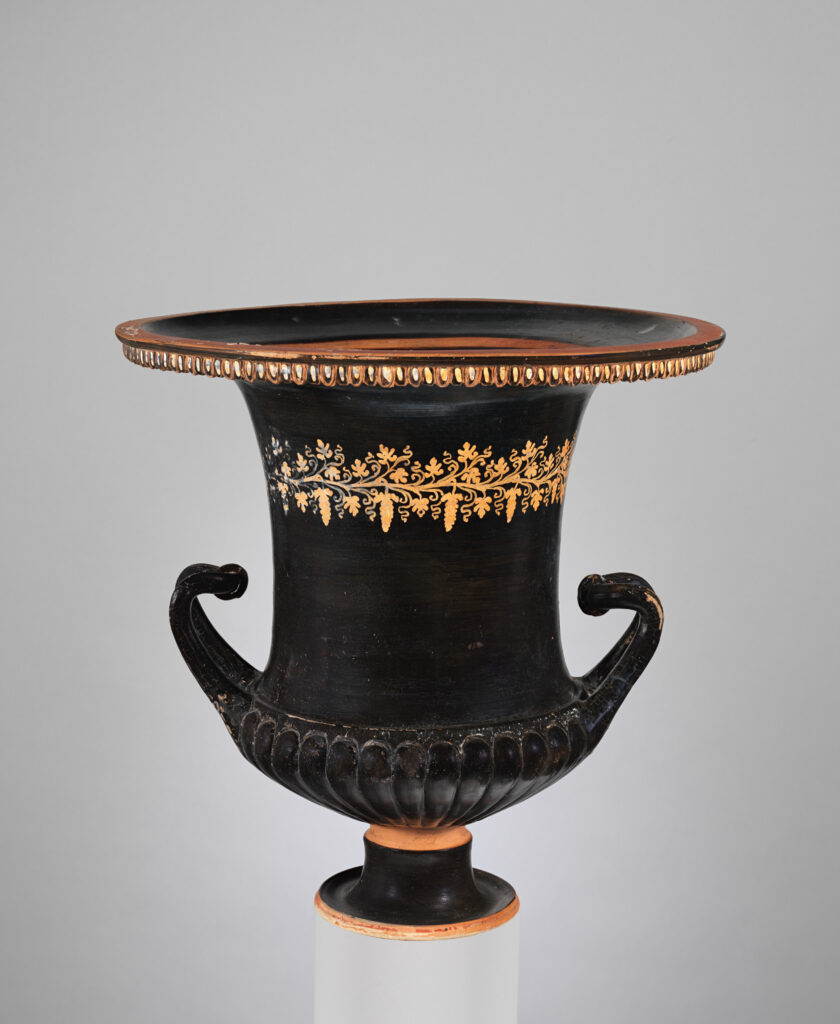
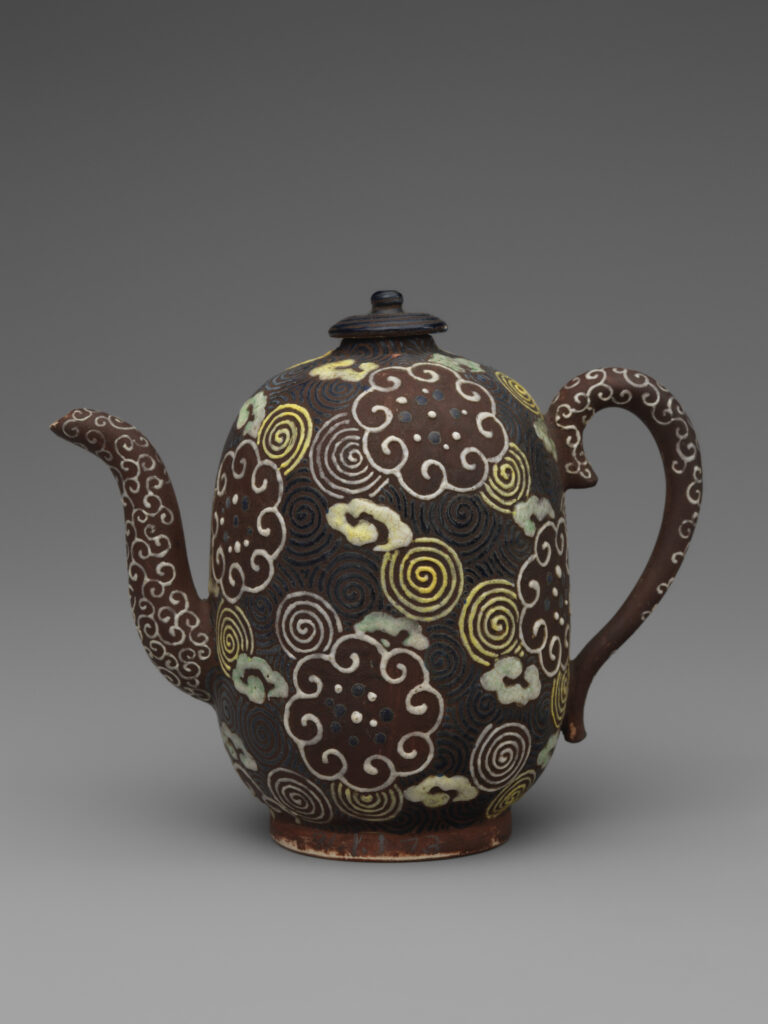
Edward C. Moore Collection, Bequest of Edward C. Moore, 1891 (91.1.173).



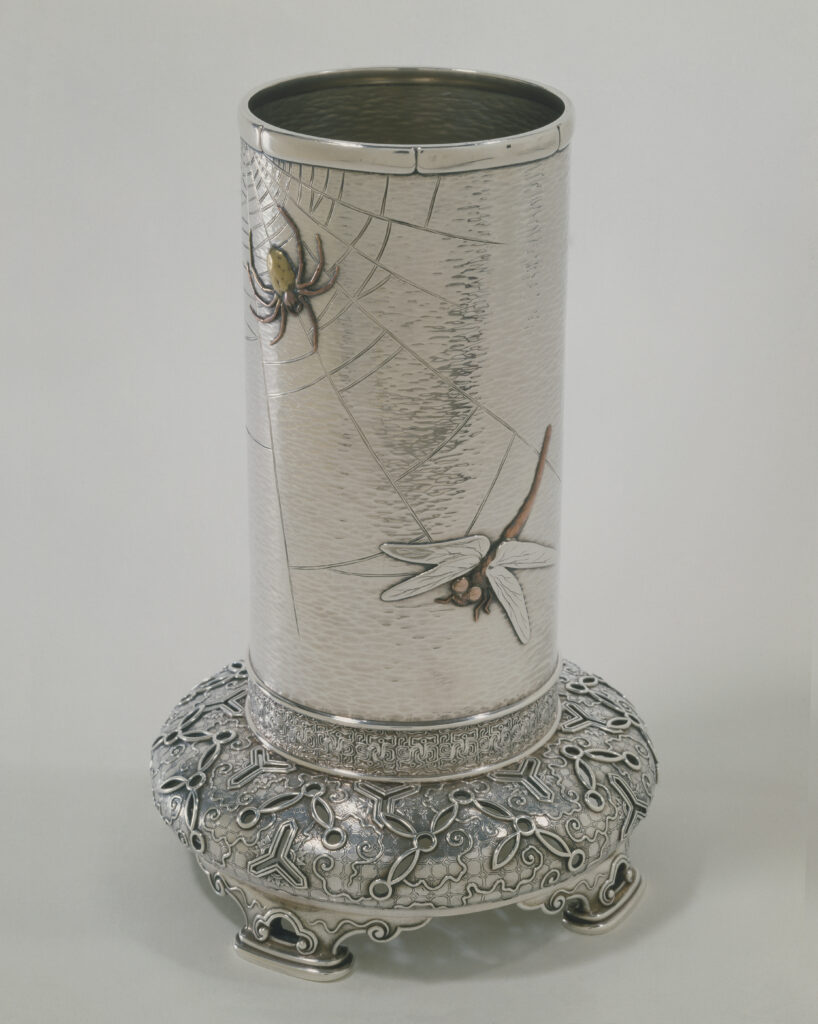
Brooklyn Museum, H. Randolph Lever Fund, 82.18.
